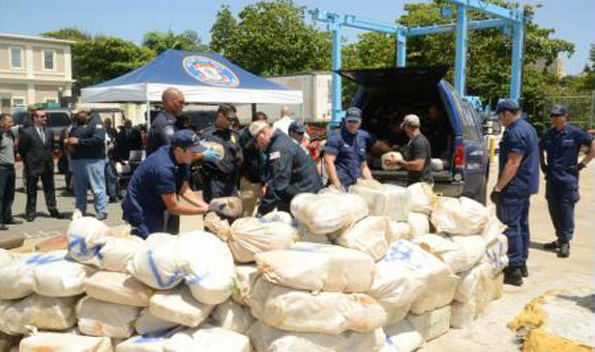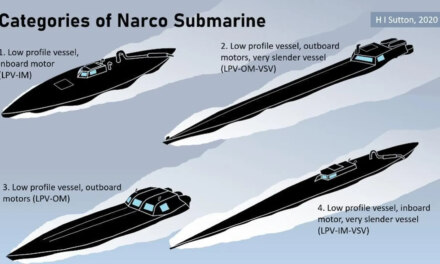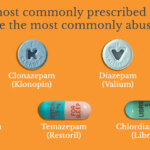When I read of a recent bust involving a shipment of fentanyl allegedly worth millions, I was reminded of an ‘80s movie where Mel Gibson, playing a trafficker, comments on a reported bust with alleged ‘street value” of impressive size.
“Wish I knew where that street was,” he grumps. Meaning he’d promptly move his business there.
I suspect he was right. The authorities were just taking advantage of a popular technique sometimes referred to as “creative exaggeration.”
The point of publicizing drug seizures is to emphasize their success and justify the expense of campaigns to intercept contraband, especially at ports of entry. Understandable, but what is the methodology used?
AI says it’s this:
“Law enforcement agencies first identify and categorize the seized substances, such as cocaine, heroin, methamphetamine, marijuana, or fentanyl… They then determine the total quantity of each drug, usually by weight (e.g., kilograms, grams) or sometimes by the number of dosage units (e.g., pills).”
Followed by multiplication, usually by the highest possible per-unit purchase price, verified or (more likely) rumored.
It’s simple in the extreme, but also malleable. Street prices in a city or area vary substantially during the course of a year, in response to supply and demand. And are often based on self-report from people arrested or incarcerated during the period.
In other words, it’s a sort-of educated guesstimate.
It’s not as if the traffickers are accountants committed to careful record-keeping. They’re eager to spend the earnings. For instance, in a recent Australian bust, authorities were able to obtain “…potential intelligence to the drugs following a suspicious purchase of a 43-foot-long motor cruiser paid for by just cash… on April 28.”
Yeah, that’ll get their attention, all right.
I’m not fond of the newer practice of estimating lives lost to a particular drug shipment, had the authorities not intervened. For instance, this:
“In recent months, federal prosecutors indicted a Georgia man for “possessing enough fentanyl to kill up to 500,000 individuals.” A sheriff in South Carolina announced the seizure of fentanyl that “had the potential to kill more than 800,000 people.” Perhaps most impressively, California Highway Patrol officers estimated they seized enough opioids to kill “a quarter of the population” of the entire state– some 10 million people.
Is that assuming that each dose from the shipment would have resulted in a fatality? Something that would never happen in reality. So why pretend it does, just for effect?
Maybe tone things down a bit, fellas.












